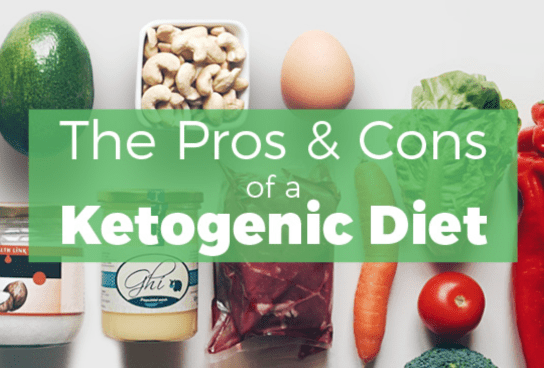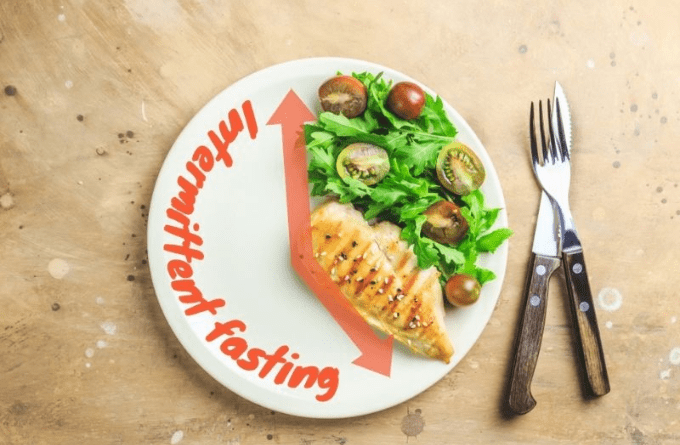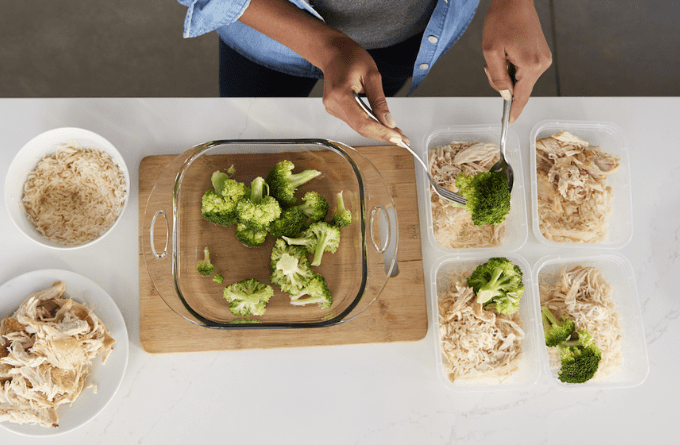
Table of Contents
ToggleExplore the GOLO Diet: A holistic approach to weight loss through insulin management. GOLO Diet Pros and Cons: Is it the right choice for your health journey?
In the pursuit of effective weight loss and a healthier lifestyle, individuals are constantly searching for innovative diet plans that provide a holistic approach to achieving their goals. The GOLO diet is one such program that has garnered attention for its unique focus on managing insulin levels through a combination of supplements, diet, and exercise, all aimed at promoting weight loss and overall well-being.
This article offers a detailed exploration of the GOLO diet, its pros, cons, recommended foods, and comparisons with other popular diets, providing a comprehensive understanding of this approach.
Introduction
The GOLO diet, renowned for its comprehensive approach to weight loss, stands out due to its central focus on managing insulin levels effectively. The rationale behind this unique approach lies in the pivotal role insulin plays in our body’s metabolism and its direct impact on weight management.
Stable blood sugar levels are the cornerstone of the GOLO diet. It’s not just about the numbers on a glucose monitor; it’s about maintaining consistent energy levels throughout the day. By preventing the notorious “energy crashes” that often follow high-sugar meals, the GOLO diet helps individuals stay vital and focused. This avoidance of energy dips is a key factor in keeping people on track with their dietary and exercise plans.
Interesting Fact: The GOLO Diet's Unique Approach
The GOLO Diet's distinctive feature lies in its focus on insulin management. This diet acknowledges the critical role that insulin plays in weight management. By prioritizing stable blood sugar levels, it aids in preventing energy crashes and helps individuals efficiently burn stored fat. This unique emphasis on balancing insulin sets the GOLO Diet apart from other weight loss plans and may be especially beneficial for those struggling with blood sugar issues.
Furthermore, the emphasis on stable blood sugar levels is intrinsically tied to the efficient burning of stored fat. When blood sugar levels fluctuate wildly, our bodies tend to store more fat, as they anticipate future energy shortages. In contrast, stable blood sugar levels signal to our body that it can use stored fat as an energy source, thereby promoting weight loss.
The GOLO diet’s multifaceted approach incorporates dietary guidelines, exercise recommendations, and the use of a proprietary supplement called Release. Dietary choices play a critical role in managing insulin levels. By focusing on whole, unprocessed foods and a balanced combination of proteins, carbohydrates, vegetables, and healthy fats, individuals can maintain steady blood sugar levels.
Exercise is another key element of the program. Regular physical activity helps enhance insulin sensitivity, making the body more efficient at using glucose for energy and promoting overall health.
In summary, the GOLO diet’s uniqueness stems from its holistic approach to weight loss. By maintaining stable blood sugar levels through dietary choices, exercise, and the aid of Release, it offers individuals a comprehensive path to efficient fat burning and successful weight management. This focus on insulin management sets the GOLO diet apart from many other weight loss programs, making it an appealing option for those seeking a well-rounded approach to their health and well-being.

Understanding the GOLO Diet
At the core of the GOLO diet is the concept of effectively managing insulin levels. Stable blood sugar is considered key to preventing energy fluctuations and enabling the body to efficiently burn stored fat. The program is built on a foundation of a calorie-controlled plan that prioritizes unprocessed, whole foods, making it a well-rounded approach to sustainable weight loss.
Pros of the GOLO Diet: A Closer Look
The GOLO Diet is celebrated for its holistic approach to weight management, underpinned by various key strengths that make it stand out in the world of dietary programs. Let’s delve deeper into the pros of the GOLO Diet to understand why it’s gaining popularity among individuals striving for effective weight loss and overall health improvement.
Healthy Whole Foods: One of the standout features of the GOLO Diet is its unwavering emphasis on the consumption of nutrient-dense, whole foods. This includes a rich array of lean proteins, fruits, vegetables, and healthy fats. The diet recognizes that weight loss isn’t solely about shedding pounds; it’s about nourishing the body with the right fuel. By focusing on these wholesome food groups, the GOLO Diet not only contributes to weight loss but also promotes overall health and well-being.
Useful Information: The GOLO Diet Community
The GOLO Diet offers a valuable resource for individuals embarking on their weight loss journey. It provides a supportive online community where users can connect, share experiences, and find encouragement. This sense of community can make a significant difference in staying motivated and committed to the program. Having a network of like-minded individuals who are working towards similar goals can be a source of inspiration and accountability.
Supportive Community: Embarking on a weight loss journey can be challenging, and having a support system in place can make all the difference. The GOLO Diet recognizes this and offers users access to a guidebook and an online community. This supportive network provides a platform for individuals to connect, share experiences, seek advice, and offer encouragement.
It’s a valuable resource for those looking to navigate the sometimes complex road to successful weight loss. The sense of belonging and shared experiences can be an incredible source of motivation.
Calorie-Controlled Plan: Effective weight management often involves understanding and controlling calorie intake. The GOLO Diet offers a practical and structured approach by advocating portion control and setting a specific calorie target, typically ranging from 1300 to 1500 calories per day.
This calorie-controlled plan provides a clear framework for individuals, making it easier to manage their weight and health. It eliminates guesswork and helps ensure that the dietary aspect of the program aligns with the goals of balanced living.

Cons of the GOLO Diet: Evaluating the Drawbacks
While the GOLO Diet offers a promising approach to weight loss and overall health, it’s essential to consider the potential drawbacks that some individuals may encounter. In the pursuit of a balanced and well-rounded weight management program, let’s explore the cons of the GOLO Diet to gain a comprehensive understanding.
Expense and Complexity: For some, the GOLO Diet may present a barrier due to its perceived expense and complexity. The focus on nutrient-dense, whole foods can lead to a higher grocery bill, especially when compared to a diet heavily reliant on processed and cheaper options. Moreover, the need to plan meals, monitor calorie intake, and integrate the proprietary Release supplement can add a layer of complexity that some may find challenging. This complexity might deter individuals looking for a more straightforward approach to weight loss.
Costly Supplements: A significant component of the GOLO Diet is the use of the Release supplement. While it’s intended to support insulin management and enhance the overall effectiveness of the program, this supplement can be relatively pricey. The cost of these supplements adds to the overall financial commitment required to follow the GOLO Diet. This financial aspect can be a limiting factor for individuals on a budget, making the program less accessible to some.
Lack of Unbiased Research: A notable limitation of the GOLO Diet is the scarcity of unbiased research. The majority of available studies and research related to the diet are funded and conducted by the creators of the program. While these studies can provide valuable insights, the potential bias associated with their source raises questions about the diet’s overall effectiveness. Independent research is essential to validate and provide a more objective assessment of the program’s benefits.
Expert Opinion: The GOLO Diet's Nutrient-Dense Approach
Nutrition experts appreciate the GOLO Diet's commitment to whole, unprocessed foods. By encouraging the consumption of nutrient-dense options like lean proteins, fruits, vegetables, and healthy fats, it aligns with the principles of a balanced, healthy diet. This approach supports not only weight loss but also overall well-being. However, it's essential to remember that individual dietary needs may vary, and consulting with a healthcare professional is advisable.
What to Eat on the GOLO Diet
The GOLO diet recommends consuming 1300–1500 calories per day and includes the use of the Release supplement. It is designed to maintain consistent blood sugar levels and prevent hunger by guiding individuals to select one to two servings from various food categories.
Individuals adhering to the GOLO diet should prioritize whole foods, encompassing lean proteins, carbohydrates, vegetables, and fats.
Benefits of the GOLO Diet
Whole Food Emphasis: The GOLO diet encourages the consumption of whole, unprocessed foods while minimizing overly processed ones.
Metabolic Health: It places a strong focus on promoting metabolic health, effective insulin management, and weight loss.
Supportive Community: The program offers a guidebook and access to an online community, providing valuable support to users.
Calorie-Controlled Plan: With an emphasis on portion control and whole foods, it offers a solid foundation for weight management.
Drawbacks of the GOLO Diet
Expense and Complexity: The GOLO diet can be considered expensive, complex, and challenging to follow for some individuals.
Costly Supplements: A significant component of the diet, the Release supplement, comes with a high price tag, adding to the overall cost of the program.
Lack of Unbiased Research: Unbiased studies on the GOLO Diet are scarce, raising questions about its long-term benefits.
Nutrient Deficiency Concerns: The diet’s restrictive nature and emphasis on portion control may raise concerns about nutrient deficiencies and long-term sustainability.
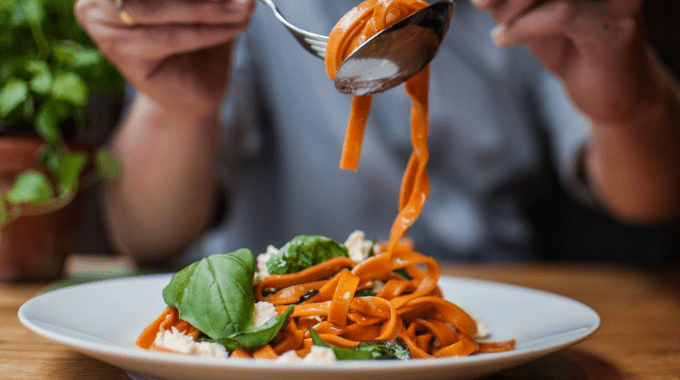
Recommended Foods
The GOLO diet places a strong emphasis on whole, unprocessed foods, allowing:
Foods to Eat:
- Lean proteins (chicken, turkey, beef, fish, eggs)
- Fruits (apples, berries, oranges, kiwi)
- Healthy fats (nuts, olive oil, avocado)
- Legumes (beans, lentils)
- Seafood (salmon)
- Whole grains (brown rice, quinoa)
- Vegetables (spinach, kale, broccoli, bell peppers)
Foods to Avoid or Limit:
- Processed foods and refined grains
- Added sugars, including sugar substitutes
- Meat, poultry, and fish (for the GOLO ReSet 7 Plan)
- Dairy products (for the GOLO ReSet 7 Plan)
Success Stories: Real People, Real Results with the GOLO Diet
Many individuals have shared their success stories with the GOLO Diet. By adhering to its principles of whole-food eating and insulin management, they've experienced meaningful weight loss and improvements in their overall health. These real-life transformations underscore the potential benefits of the GOLO Diet when followed diligently. Hearing about the positive experiences of others can be a source of inspiration for those considering this weight loss program.
Snacking on the GOLO Diet
Incorporating healthy snacks is crucial on the GOLO diet to manage hunger between meals. Here are some recommended options:
- A handful of almonds or other nuts
- Greek yogurt with berries or fruit
- Apple slices with almond butter
- Carrot sticks with hummus
- Celery sticks with peanut butter
- Hard-boiled eggs
- Sliced turkey or chicken breast with cucumber
- Whole-grain crackers with cheese or hummus (in moderation)
Incorporating Healthy Fats
Healthy fats play a crucial role in the GOLO diet and can be integrated into snacks or meals. Consider these healthy fats:
- Avocado
- Nuts (almonds, walnuts, cashews)
- Seeds (pumpkin, sunflower)
- Nut butters (almond, peanut)
- Olives
- Hummus
Remember, the GOLO diet is calorie-controlled, so opt for nutrient-dense snacks that effectively satisfy your hunger.
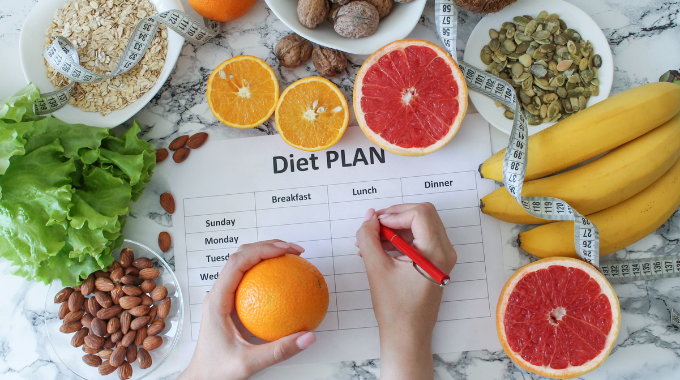
Comparing the GOLO Diet with Other Diets
GOLO Diet vs. Keto Diet
The GOLO diet prioritizes balanced insulin levels and a variety of whole foods. In contrast, the keto diet restricts carbohydrates, pushing the body into a state of ketosis, where it burns fat for energy. The keto diet can be challenging to maintain and may be high in saturated fats, which can pose health risks.
GOLO Diet vs. Mediterranean Diet
While the GOLO diet shares similarities with the Mediterranean diet, emphasizing whole foods and healthy fats, it differs in terms of flexibility. The Mediterranean diet allows for a wider range of food choices and does not restrict any food groups, making it a more adaptable option.
GOLO Diet vs. Weight Watchers Diet
Both the GOLO diet and Weight Watchers emphasize portion control and regular exercise. However, Weight Watchers assigns point values to foods based on their nutritional content, offering greater flexibility in food choices. The GOLO diet, on the other hand, encourages whole foods and limits processed options.
In summary, the GOLO diet can be effective in promoting weight loss and metabolic health. It encourages a nutrient-dense, well-rounded diet and regular exercise. However, it can be expensive, complex, and lacks unbiased research. When evaluating this diet, consider your individual needs and preferences to make an informed decision on its suitability for your lifestyle and weight loss goals.
Key Takeaway: Balancing Health and Weight Loss with the GOLO Diet
The GOLO Diet's approach to weight loss is not solely about shedding pounds. It's a program that emphasizes balanced living and managing insulin levels. By choosing whole, unprocessed foods and incorporating regular exercise, it aims to enhance metabolic health and promote efficient fat burning. While it may have some drawbacks, such as cost and complexity, its unique perspective on weight management makes it an option worth considering for those seeking a holistic approach to their health journey.
Conclusion: Is the GOLO Diet Right for You?
In the pursuit of a healthier, more balanced life, the GOLO Diet offers a unique approach. With a core focus on managing insulin levels, it champions a diet filled with wholesome, unprocessed foods, emphasizing regular exercise as an essential companion to your weight loss journey. While it shines in its promotion of metabolic health, nutrient-dense eating, and a supportive community, it’s not without its challenges. The GOLO Diet can be seen as complex and expensive, and the lack of unbiased research leaves some questions unanswered.
So, is the GOLO Diet the right choice for you? The answer lies in your individual preferences and needs. If you value a structured, whole-food approach to weight loss and are willing to invest in your health, the GOLO Diet could be a viable option. However, remember that no single diet is a one-size-fits-all solution. Explore your options, consult with a healthcare professional, and make an informed decision that aligns with your health goals and lifestyle.

Frequently Asked Questions About the GOLO Diet
What is the GOLO Diet, and how does it work?
The GOLO Diet is a comprehensive weight loss program that operates on the principle of managing insulin levels effectively. It functions by maintaining stable blood sugar levels, which is pivotal in preventing energy fluctuations and promoting efficient fat burning. This program combines dietary guidelines, exercise recommendations, and the use of a proprietary supplement known as Release.
What are the pros of the GOLO Diet?
The GOLO Diet offers several advantages. It encourages individuals to consume healthy whole foods, emphasizing lean proteins, fruits, vegetables, and healthy fats. Additionally, it provides access to a supportive online community, creating a valuable network for individuals on their weight loss journey. The diet’s calorie-controlled plan, coupled with unprocessed foods, establishes a robust foundation for weight management and overall well-being.
Are there any drawbacks to the GOLO Diet?
Yes, there are certain drawbacks to consider. Some individuals may find the GOLO Diet expensive and complex, which could deter them from fully committing to the program. The cost of the key supplement, Release, can also be a concern for those on a budget. Furthermore, the limited availability of unbiased research raises questions about the diet’s long-term effectiveness, as most studies are funded and conducted by the creators of the diet.
What foods are recommended on the GOLO Diet?
The GOLO Diet strongly recommends whole, unprocessed foods. This includes a variety of nutrient-rich options, such as lean proteins (chicken, turkey, beef, fish, eggs), fruits (apples, berries, oranges, kiwi), healthy fats (nuts, olive oil, avocado), legumes (beans, lentils), seafood (salmon), whole grains (brown rice, quinoa), and a range of vegetables (spinach, kale, broccoli, bell peppers). By focusing on these food groups, the GOLO Diet aims to provide essential nutrients and support stable blood sugar levels.
How does the GOLO Diet compare to other popular diets?
The GOLO Diet stands out through its emphasis on insulin management and a balanced approach to living. When compared to other diets like the Keto diet, which restricts carbohydrates to induce ketosis, or the Mediterranean diet, which emphasizes plant-based, whole foods, the GOLO Diet offers a different perspective. It diverges from the Weight Watchers diet, which uses a points-based system, by promoting a structured approach with unprocessed foods.
Ultimately, the choice between diets depends on individual preferences and goals, making it important to evaluate which plan aligns best with your lifestyle and health objectives.



